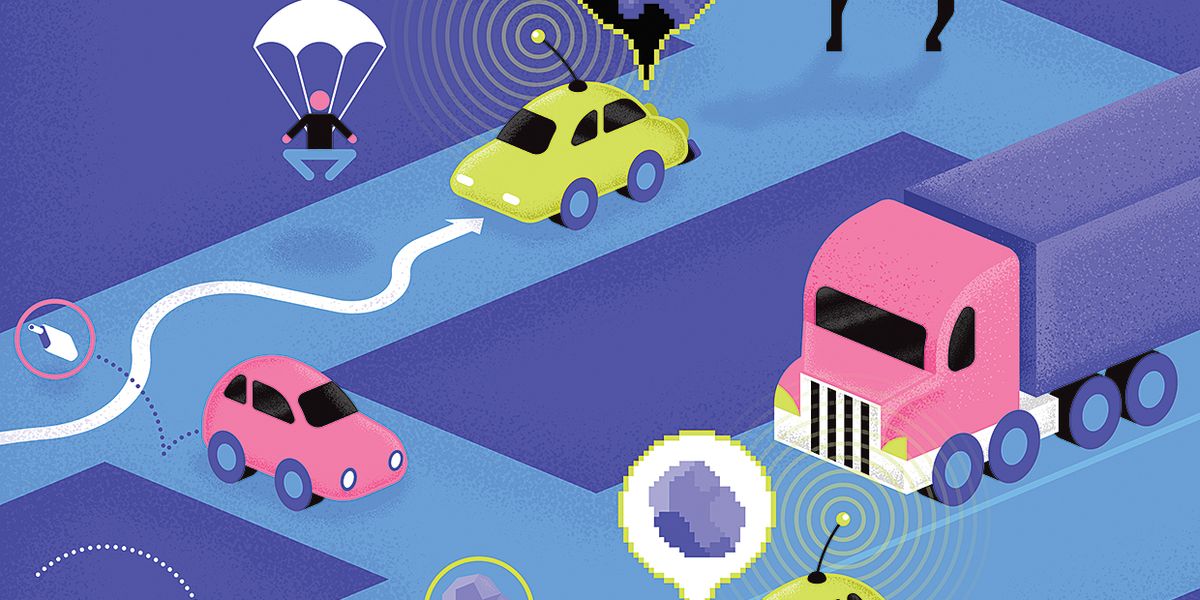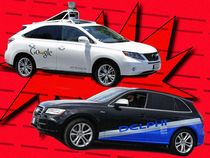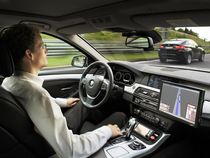Google Self-Driving Car
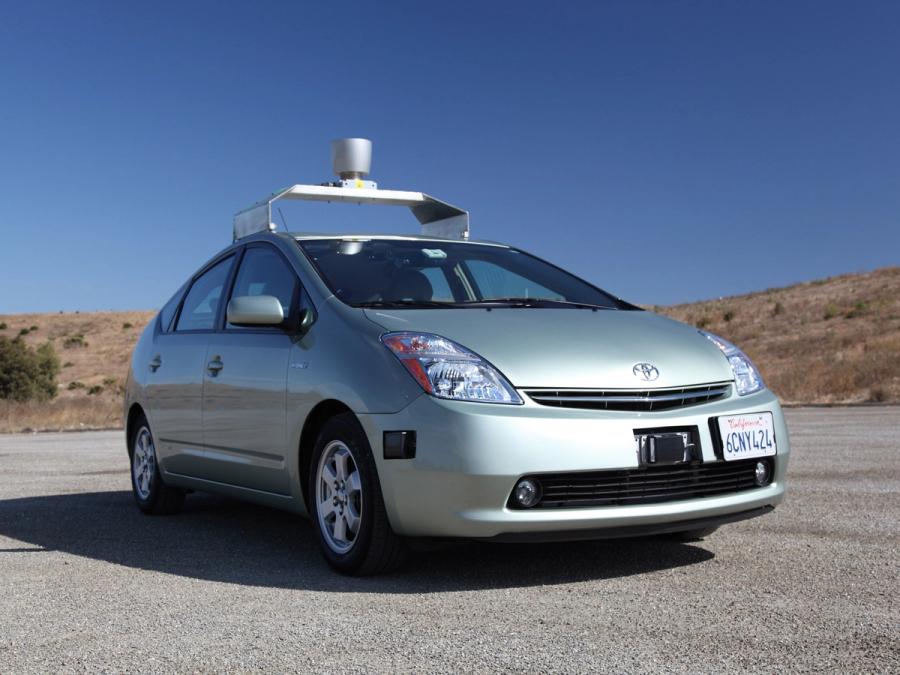
Google's self-driving car is a modified Toyota Prius that can autonomously drive in city traffic and on highways. The goal is developing technology to reduce traffic accidents and increase road efficiency.
- Creators
(The Google Self-Driving Car Project became part of Waymo, a subsidiary of Alphabet.)
- Year
- 2010
- Country
- United States 🇺🇸
- Categories
- Features
Did you know?
Google started its secret self-driving program in 2009. It was called Project Chauffeur.

History
To develop its driverless car, Google gathered some of the leading engineers from DARPA's Grand Challenge and Urban Challenge, a series of autonomous vehicle races organized by the U.S. government. These engineers, led by Stanford professor and Google researcher Sebastian Thrun, included Chris Urmson, who was the technical team leader of the CMU team that won the 2007 Urban Challenge; Mike Montemerlo, who was the software lead for the Stanford team that won the 2005 Grand Challenge; and Anthony Levandowski, who built an autonomous motorcycle that participated in the DARPA Grand Challenge. Internally known as Project Chauffeur, the Google self-driving car project ran from 2009 to 2015. The first vehicle was a Toyota Prius, which relied on lidar and other systems that Levandowski had been working on. In 2012, the car received a license to drive in Nevada—the first license issued in the United States for an autonomous vehicle. By August 2012, the project had logged more than 300,000 miles driving autonomously in city traffic, busy highways, and mountain roads. In May 2014, Google revealed a new custom vehicle, called Firefly, with no steering wheel, gas pedal, or brake pedal, an approach that it later abandoned. In December 2016, the project was renamed Waymo and became a new subsidiary of Google's parent company, Alphabet. The following year, Waymo filed a lawsuit accusing Levandowski, who had joined Uber, of stealing the secret designs of circuit boards and lidars used in its self-driving cars. During the trial, court documents revealed that from 2009 to 2015 Project Chauffeur spent US $1.1 billion on developing its self-driving software and hardware. Waymo's current fleet consists of retrofitted Chrysler Pacifica minivans. The company is operating autonomous ride-hailing service in the Phoenix area and San Francisco.
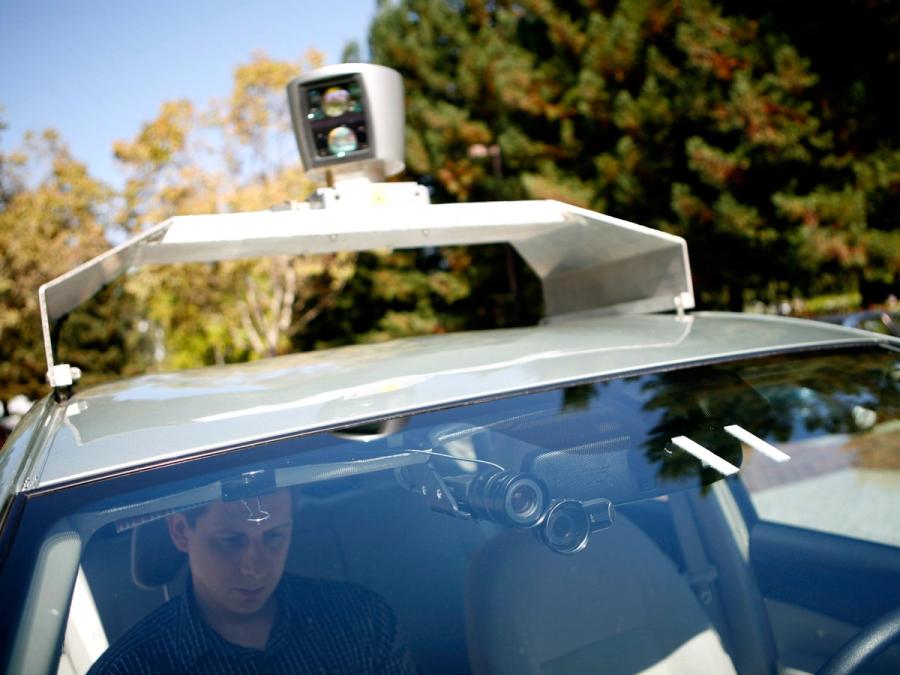
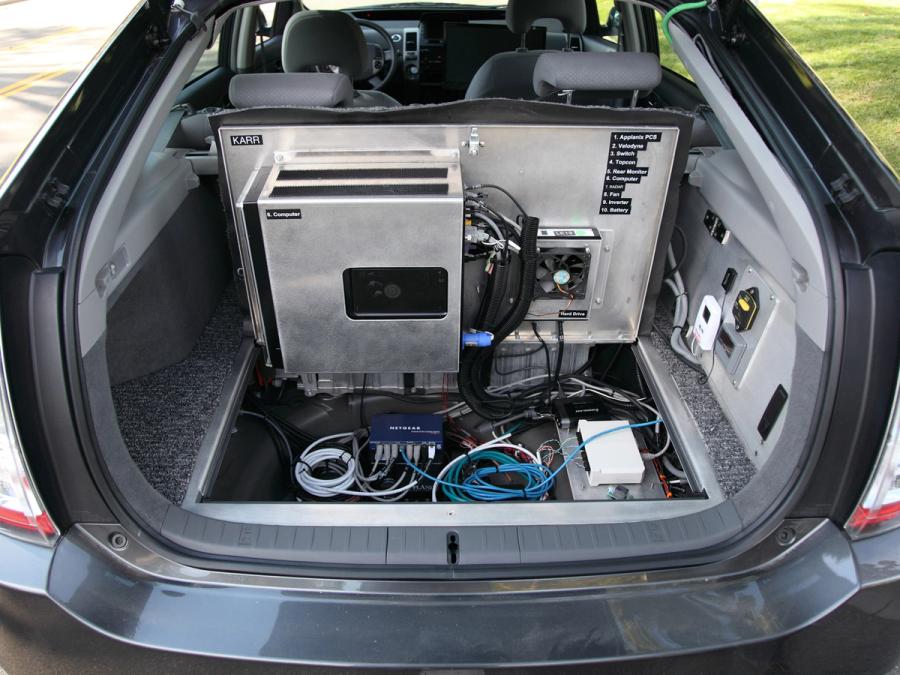
Specs
- Overview
Capable of self-driving in various road conditions while obeying traffic laws. Equipped with optional aggressive driving mode (for closed courses).
- Status
Inactive
- Year
2010
- Website
- Width
- 174.5 cm
- Height
- 149.1 cm (not including LIDAR)
- Length
- 446 cm
- Weight
- 1380 kg (car only)
- Sensors
Camera, Velodyne 64-beam laser range finder, four radars, GPS, inertial measurement unit, wheel encoder.
- Materials
Modified Toyota Prius
- Power
Gas and electrons
